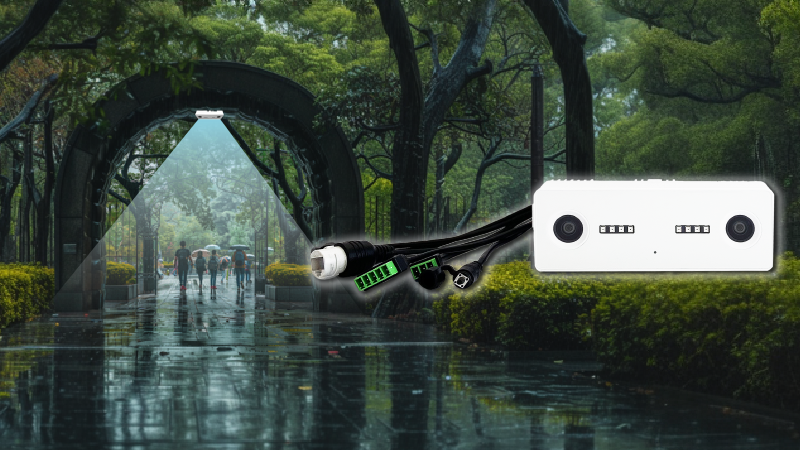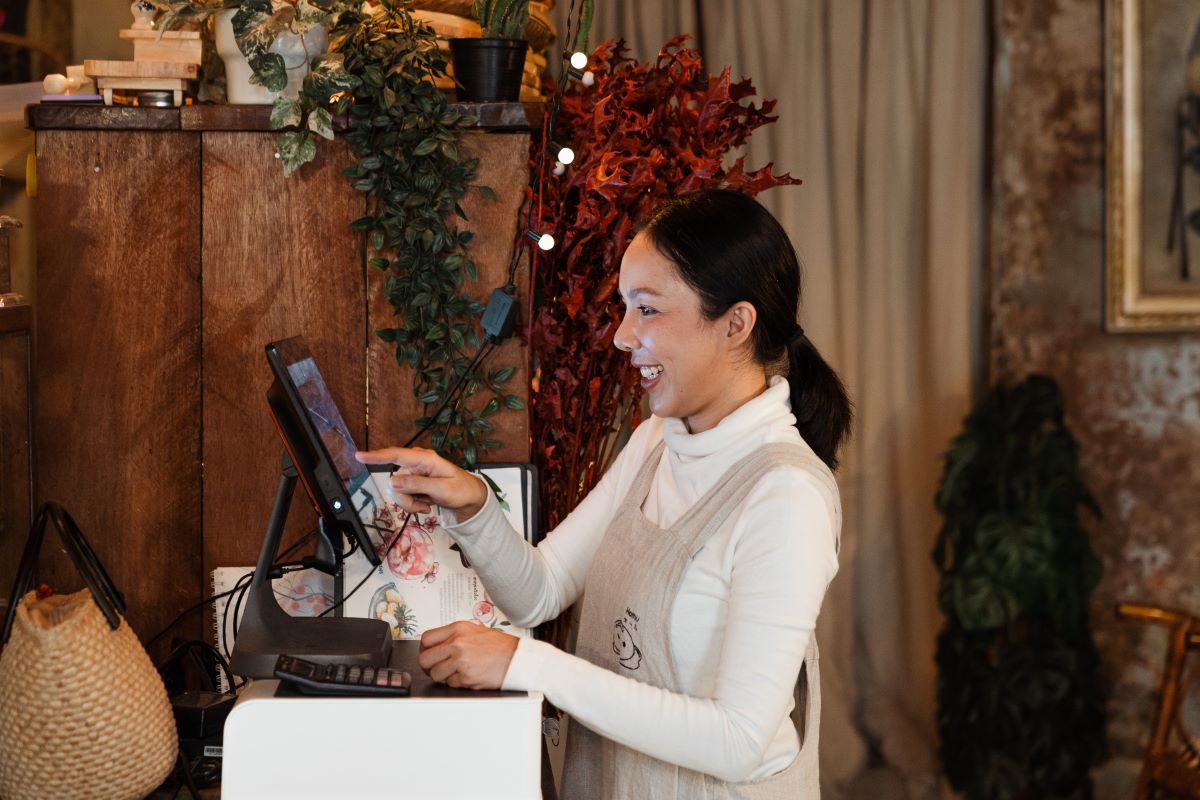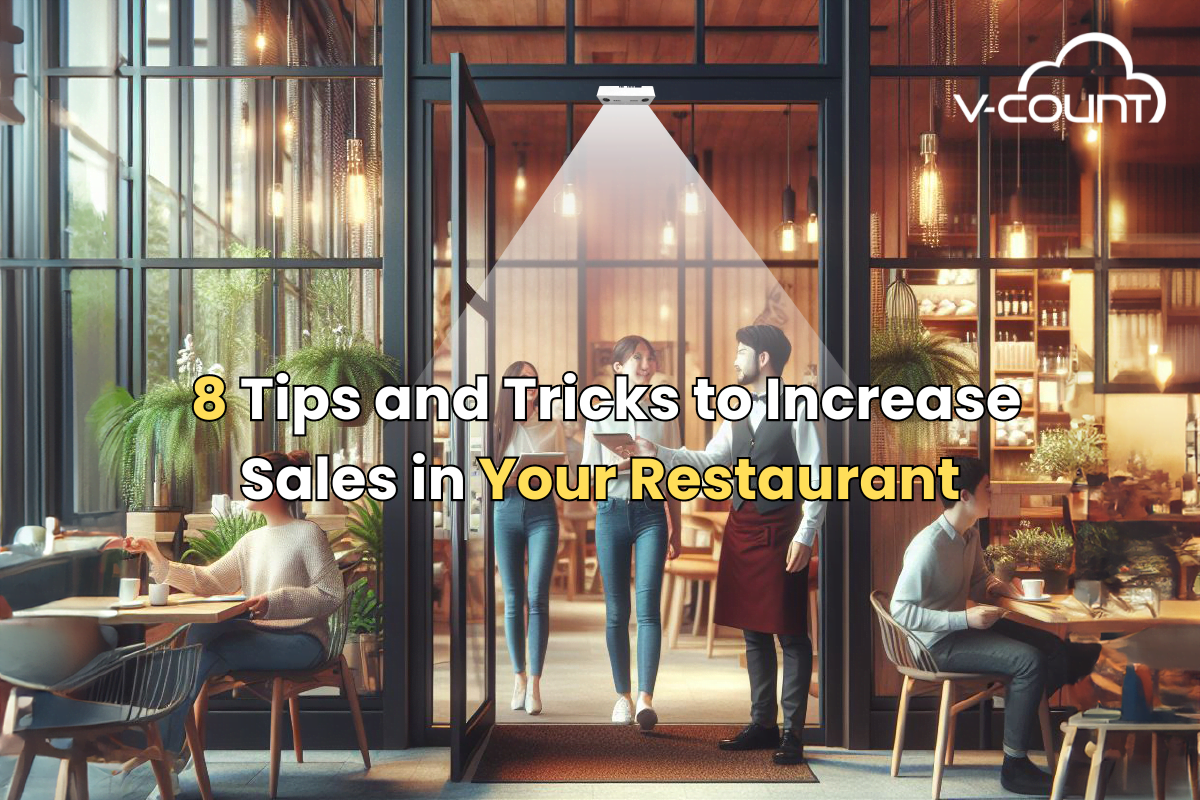 Occupancy restrictions have been a critical component of government mandates meant to prevent the spread of COVID-19 in commercial establishments. Depending on the country and city, some venues restrict occupancy to either 10%, 30%, or 50% of maximum capacity; others specify only a certain number of people allowed to be in a facility at one time.
Occupancy restrictions have been a critical component of government mandates meant to prevent the spread of COVID-19 in commercial establishments. Depending on the country and city, some venues restrict occupancy to either 10%, 30%, or 50% of maximum capacity; others specify only a certain number of people allowed to be in a facility at one time.
For example, Dubai’s government has recently imposed a series of restrictions on public places and venues. It cut seating capacity in various venues, including cinemas, entertainment, and sports complexes, to 50%. It also cut hotel occupancy and swimming pool use to 70% of capacity, and shopping malls will accept only 70% of their total capacity.

While there are several solutions for estimating occupancy, video-based occupancy analytics solutions are significantly growing in demand. Estimating a person-count is ideal for meeting mandates during a health crisis, and it can be accomplished in a number of different ways. Manual Counting involves a person at the door using a simple app or counter clicker. However, occupancy solutions that use state of the art people counting sensors like Ultima AI have broader capabilities that reach well beyond the pandemic. They offer real-time business benefits that help companies, such as retailers, restaurants, supermarkets, malls, and others, to better manage, market, and operate their stores.
A Broad Range of Uses
The advantage of using an automated real-time occupancy solution like VCare is that it provides a business with multiple uses. Besides counting people, it can simultaneously send notifications and transmit the count to a public display monitor at the entrances.
 These monitors could show people that the facility is at full capacity and they should wait to enter. When no longer at maximum capacity, customized messages on the monitors indicate that it is safe to enter. It is also possible for this same data to be shared on a business website or app through an API. Potential customers could learn the store’s occupancy status before they even head to their desired location.
These monitors could show people that the facility is at full capacity and they should wait to enter. When no longer at maximum capacity, customized messages on the monitors indicate that it is safe to enter. It is also possible for this same data to be shared on a business website or app through an API. Potential customers could learn the store’s occupancy status before they even head to their desired location.
People counting and occupancy solutions tell managers how many people enter and exit their stores in real-time, their dwell time in certain areas, and approximately how many people are present at any given time. Managers can compare the data to their point-of-sale system to determine conversion rates.
In addition to features focusing on monitoring occupancy to meet mandates, other benefits include the following:
-
Identify peak hours at a facility when more staff may be needed. Based on real-time people counting in a location, managers will know if they should immediately reallocate resources or redirect an employee to help on the sales floor. They also can use the data for staff scheduling and allocating future shifts.
-
Prioritize facility management to determine slow times when sanitizing can be best conducted to meet COVID-19 requirements. By monitoring footfall and occupancy trends over time, managers can see that Tuesdays at 3 pm, for example, have the least foot traffic, thus establishing that to be the best time to restock store shelves or sanitize the facility.
-
Correlate data to learn how specific campaigns or marketing initiatives affect traffic and, as a result, sales conversions and profits.
V-Count’s Business Intelligence Platform (BIP) offers dashboards for aggregating all the metrics a business could use, such as occupancy, dwell times, queueing, and more. It also brings in the data from multiple stores or locations for benchmarking and comparison.
Peak Efficiency & Maximum Profits
Beyond the safety of customers and staff during the pandemic, employees in operations, marketing, and merchandising can benefit considerably by learning about foot traffic trends in their stores.
Occupancy solutions and data analytics are powerful business tools that prove their worth in more ways than one. Operating with actionable data instead of just a hunch provides many benefits, from adhering to local occupancy mandates so businesses won’t be faced with fines to not losing out on sales opportunities due to insufficient staffing levels or stock unavailability. All of this boils down to operating at peak efficiency and maximizing profits.






